Graphics Reference
In-Depth Information
(
)
p
=
Pt
,
t
,...,
t
.
(11.96)
l
j
l
++
1
l
2
l
+-
k
1
Proof.
It follows from Theorem 11.5.1.4(1) that
j
Â
j
()
=
()
pu
N u
p
,
j
i
ik
,
ijk
=- +
1
so that
j
Â
j
(
)
=
(
)
P u
,
u
,...,
u
n
u
,
u
,...,
u
p
.
j
12
k
-
1
12
k
-
1
i
ik
,
ijk
=- +
1
Corollary 11.5.2.8 now implies the result. See [Seid89].
11.5.2.10 Theorem.
Let p(u) be a B-spline of order k with knot vector (t
0
,t
1
,...
t
n+k
) and control points
p
0
,
p
1
,...,
p
n
. If t
j
£ u < t
j+1
, then Algorithm 11.5.2.2 com-
putes p(u).
Proof.
See [Seid89]. The function
Pt
(
,..., , ,..., ,
t u
ut
,...,
t
)
ji
+
1
j
144
j
+
1
i
+
k
- -
r
1
r
satisfies the same recurrence relation as
p
r
and so the two quantities must be equal.
Now use Theorem 11.5.2.9.
Notice the similarity in the recurrence relations in Algorithm 11.5.2.1 and 11.5.2.2.
The only real difference is in the coefficients (barycentric coordinates) of the points.
Input:
A B-spline curve p(u) of order k with knots t
0
,t
1
, º t
n+k
t
j
£ u < t
j+1
Output:
p(u) as defined by equation (11.95)
Set
p
i
0
=
p
i
.
Step 1:
Step 2:
For r = 1,2, º ,k-1 and i = j-k+1+r, º ,j compute
u
-
t
u
-
t
(
)
p
i
r
r
-
1
p
r
-
1
.
i
i
=
1
-
p
i
-
1
+
t
-
t
t
-
t
i
+
k
-
r
i
i
+
k
-
r
i
When one has finished,
p
j
k-1
= p(u) .
Algorithm 11.5.2.2.
The de Boor Algorithm.



